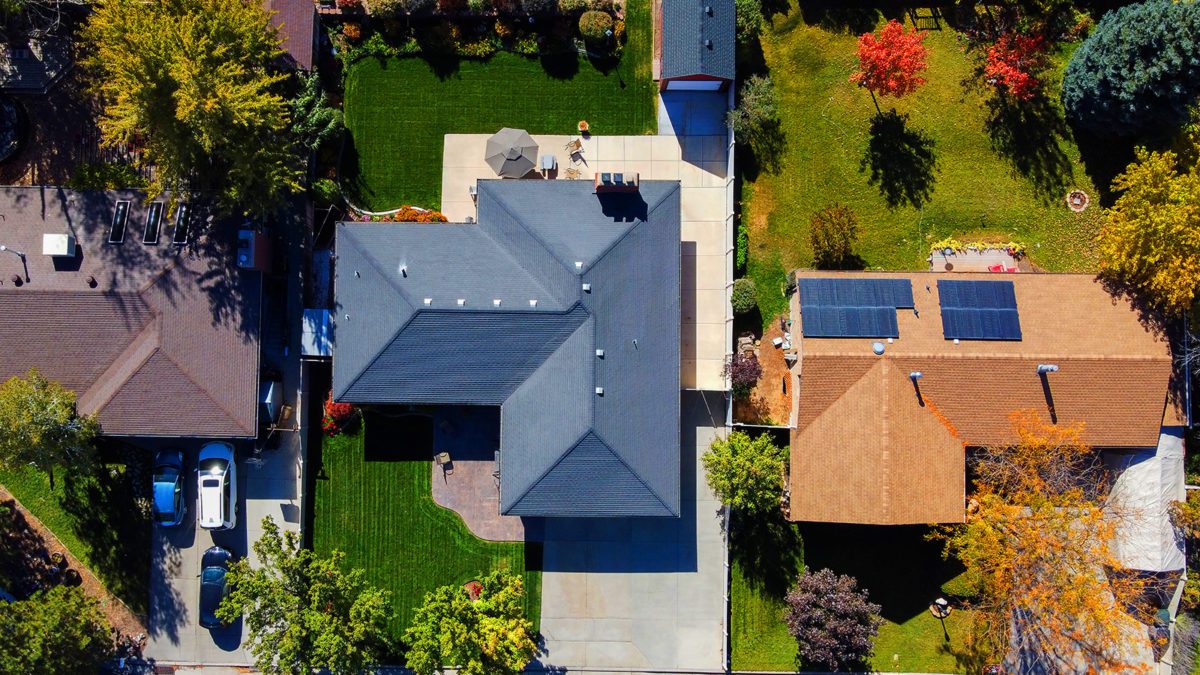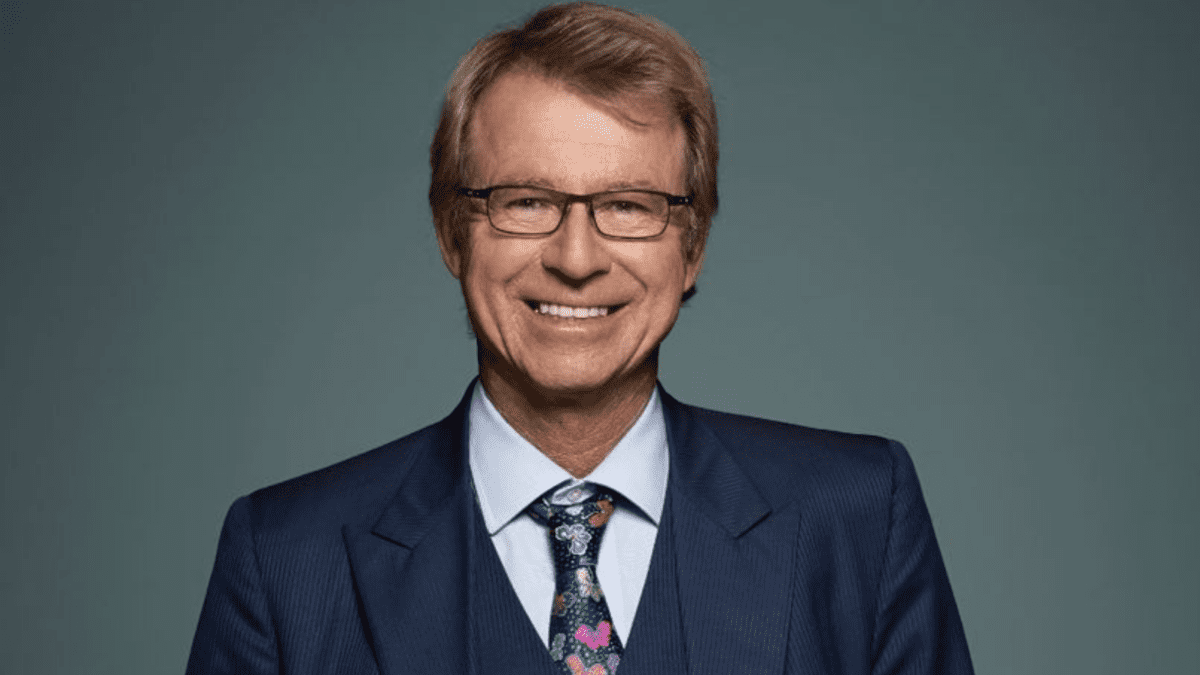Households need to prepare for 6% interest rates
Reserve Bank of Australia (RBA) Governor Philip Lowe has a problem. No-one is listening to him.
In June, Lowe tried to talk tough. When asked on the ABC’s 730 program – a rare public appearance – if the $1,000 average mortgage repayment increase that financial markets were predicting by 2023 would come to fruition, his response was “we’ll do what’s necessary to get inflation back to 2 to 3 per cent.” This is central-bank-speak for “inflation is priority number one, everything else second.”
Households heard the message loud and clear. Consumer confidence is now at crisis levels. The only time in recent history it has gone lower is during the COVID pandemic in 2020 and the Global Financial Crisis in 2008.
The issue is that households aren’t acting: retail trade is up 10.4 per cent over the prior year. Investment bank Barrenjoey notes that consumers are becoming more cognisant of cost-of-living pressure. But renovation intentions remain unchanged, and consumers see house prices higher in 12 months.
What this suggests is that households know that inflation and interest rates are in the system, but very few are yet to change spending patterns. In fact, it’s largely business as usual. The RBA’s own data supports this with short-term and long-term inflation expectations anchored to 2.1 per cent-2.3 per cent.
The incredible strength of households
It’s little surprise the majority of households aren’t reining-in spending. Judging by social media feeds, half the country is in Europe! On a serious note, households have hoarded about $260 billion in extra savings during the pandemic.
Moreover, the labour force is absolutely humming. In June, unemployment hit 3.5 per cent, a level not seen since 1974. There are currently as many job vacancies as unemployed people in Australia. Under-employment is rising, indicating a skills mismatch that is unlikely to be resolved in the near term. Investment bank Jarden estimates that immigration processing times have ballooned from 2-4 weeks out to 6-8 months.
Housing supply is tight, meaning the increased mortgage serviceability is simply being passed-on to renters. Even after passing-through 125 basis points of rate rises in just two months to try and shock the market into action, the housing market is yet to show signs of capitulation. Sydney house prices are down just 5 per cent from their peak; Melbourne, by a lesser amount. Other capital cities have barely moved.
Keep in mind that if housing prices fell 15 per cent, that would only take the market back to March 2021 levels. House price falls will likely accelerate in the months ahead, but the desired step-change in behaviour for which the RBA was hoping has failed to materialise.
The majority of debt is held by households in the top income quartiles. About 75 per cent of the debt is held by the top 40 per cent in the income distribution, whereas only 5 per cent is held by the bottom quintile.
The RBA says higher-income households can devote more income to servicing loans given other expenses account for a smaller share. It also means if push comes to shove, the RBA won’t feel too bad making the top earners fork-out more interest payments.
Estimates are likely underdone
Three of the big four banks estimate the cash rate halting at 2.60 per cent. For households, this likely means interest rates beginning with a ‘5’. Outlier ANZ forecasts the RBA will get all the way to 3.35%. Unless households start reacting in a meaningful way to cash rate increase, it’s this columnist’s belief that ANZ will become the norm. If that’s the case then most variable-rate mortgages will be heading towards starting with a ‘6’. A lot can change in a very short amount of time. Signs of inflation peaking are emerging. Petrol prices are down 20 per cent while purchasing indexes are rolling over. Should that occur more quickly than the RBA believes, then rates may not need to go as high. But overwhelming evidence suggests that households are failing to curtail spending, and subsequently the RBA continues rising interest rates higher.









